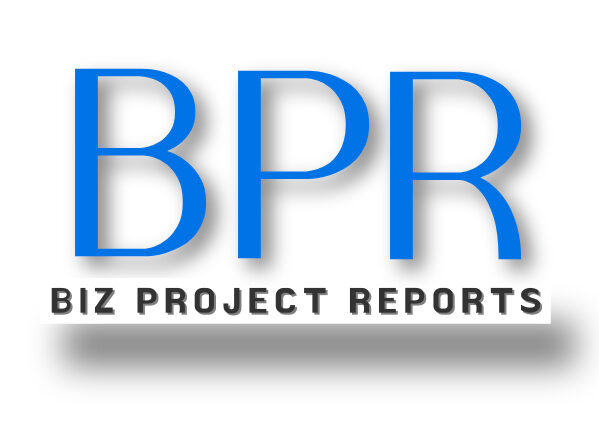1. Market Overview:
The aerosol can manufacturing industry plays a crucial role in supplying containers for a wide range of products, including personal care items, household cleaners, automotive products, and industrial chemicals. The global aerosol can manufacturing market was valued at approximately USD 6.8 billion in 2022 and is projected to witness a steady CAGR of 4.5% from 2023 to 2028.
2. Market Segmentation:
The aerosol can manufacturing market can be segmented based on:
a. Material Type:
Aluminum
Steel
Tinplate
Glass
Plastic
b. Can Size:
Up to 100 ml
100-300 ml
300-500 ml
Above 500 ml
c. End-use Industry:
Personal Care and Cosmetics
Pharmaceuticals
Automotive
Household Products
Paints and Coatings
Industrial and Chemicals
Food and Beverages
3. Regional Analysis:
The aerosol can manufacturing industry exhibits a diverse geographic presence, with key regions being:
a. North America:
The United States is a major hub for aerosol can manufacturing, driven by a robust demand for personal care products, household cleaners, and automotive products.
b. Europe:
European countries, particularly Germany, France, and the UK, have a well-established aerosol can manufacturing industry, catering to various end-use sectors.
c. Asia-Pacific:
China and India are emerging as significant players in the global aerosol can manufacturing market due to rapid industrialization and an expanding middle-class population.
d. Latin America and Middle East/Africa:
These regions are experiencing a surge in consumer spending and urbanization, contributing to the growth of the aerosol can manufacturing industry.
4. Market Drivers:
a. Convenience and User-friendliness:
Aerosol cans offer easy and precise application, making them preferred for various consumer products, which drives demand for manufacturing.
b. Environmental Concerns:
Shift towards sustainable and recyclable materials in aerosol can production is a major driver, particularly in developed regions.
c. Technological Advancements:
Adoption of advanced manufacturing processes and automation technologies enhance production efficiency and quality.
5. Market Challenges:
a. Regulatory Compliance:
Adherence to strict environmental regulations and safety standards poses a challenge for manufacturers, especially in developed markets.
b. Raw Material Costs:
Fluctuating prices of metals and other materials used in aerosol can manufacturing can impact profit margins.
6. Opportunities:
a. Sustainable Packaging:
Manufacturers can capitalize on the growing demand for eco-friendly packaging solutions by investing in innovative, recyclable materials.
b. Customized Packaging Solutions:
Offering tailored designs and sizes for specific industries or brands can be a lucrative avenue for manufacturers.
7. Future Outlook:
The aerosol can manufacturing industry is anticipated to witness steady growth, fueled by evolving consumer preferences, technological advancements, and increasing emphasis on sustainability. Market players should focus on innovation, process optimization, and eco-friendly solutions to stay competitive.
Conclusion:
The global aerosol can manufacturing industry is poised for continued expansion, driven by factors like consumer convenience, environmental awareness, and technological progress. Manufacturers should leverage these trends to create value, ensuring long-term success in this dynamic market. Additionally, a proactive approach to regulatory compliance and strategic material sourcing will be crucial in navigating potential challenges.
